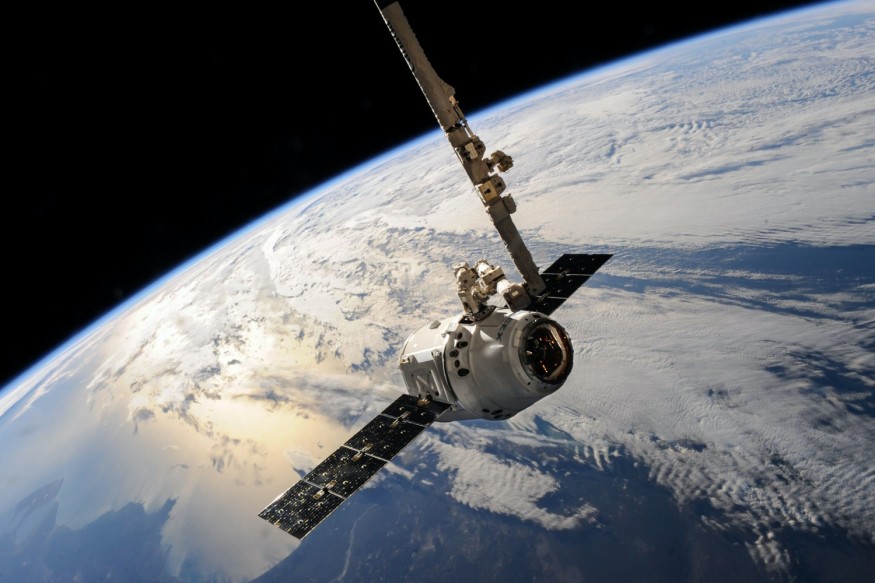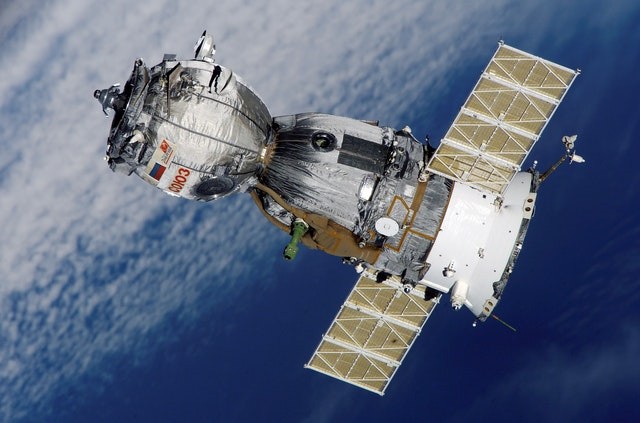About 23,000 debris fragments, some larger than softballs and moving at speeds of up to 28,000 km/h, are clogging up Earth's orbit and posing a serious hazard to satellites and other spacecraft. According to NASA, about 100 million smaller fragments are also in orbit.

Space Junk Piling Up
Space debris is filling up orbit. These initiatives seek to remedy that.
Each year, more space trash is created due to in-orbit collisions, abandoned rockets, and retired satellites. According to the European Space Agency (ESA), since 2015, there has been a significant increase in space traffic, putting crewed or robotic missions at risk of accidents and destruction due to the miniaturization of satellite technology and the deployment of huge commercial "constellations."
Top Three Methods

The ESA's 2022 Space Environment Report might cause a "cascade of collision events." Fortunately, several initiatives are boosting efforts to clear debris from orbit. "Even in case of no additional launches into orbit, it is projected that collisions among the space debris items already there will lead to a further growth in space debris." The three most intriguing are listed below.
Magnetic Capture
On August 25, 2021, a fictitious piece of space junk flew freely in orbit for a few seconds. It had been released and gently nudged away from the Elsa-d "servicer" spacecraft developed by the Japanese company Astroscale.
The servicer extended a capture mechanism, which caused the thrust to go in the direction of the customer. The two were drawn back together by a magnetic grasp as they made contact and were doomed to plummet together and burn up in the atmosphere.
The test was the first illustration of the audacious commercial goals of Astroscale, whose operations are based in Oxfordshire's Harwell Space Cluster. The business anticipates each mission of the future Elsa-M vehicle will enable it to pull several particles of junk down toward Earth.
Space Tether
What if satellites could effectively deorbit themselves without fuel? Astroscale's method requires the propellant to bring the servicer and client toward Earth. The E.T.Pack-Fly partnership, led by the University Carlos III of Madrid (UC3M) and recently supported by the European Innovation Council, aims to achieve this.
The electrodynamic space tether for the project is made of a 2 cm broad by 2 km long piece of aluminum tape. It is intended to function by creating an electric current utilizing the geomagnetic field and plasma surrounding Earth. The satellite deorbits due to the Lorentz drag force produced by this electrodynamic phenomenon. The tether's additional functions include stabilizing the satellite's orientation and managing deorbiting to prevent potential object collisions.
A device will be launched into orbit in 2025 as part of the project, beginning in September.
Battery Boost

Astroscale and E.T.Pack-Fly must launch additional mass into space to deliver effective and long-lasting deorbiting. Satellites already have a potential remedy aboard, say experts at the Aerospace Corporation, which manages a US government-funded research facility in California.
According to Dr. Joseph Nemanick, a senior research scientist at the company's energy technology division, everyone is aware of lithium-ion batteries' potential for thermal runaway and fire explosions. "That's being turned into a strength by the Lithium-ion Battery Deorbiter."
The deorbiter is made to trigger thermal runaway, directing hot gases through a nozzle to produce thrust. A proof of concept has been carried out in the Aerospace Propulsion Research Facility for what has been called the first "zero-added-mass onboard spacecraft technology." According to the study, the anticipated push may cut a tiny satellite's "residual orbit time" in half.
Related Article : Space Junk Heading Towards the Moon at Super Speed
For more cosmic news, don't forget to follow Nature World News!
© 2025 NatureWorldNews.com All rights reserved. Do not reproduce without permission.





